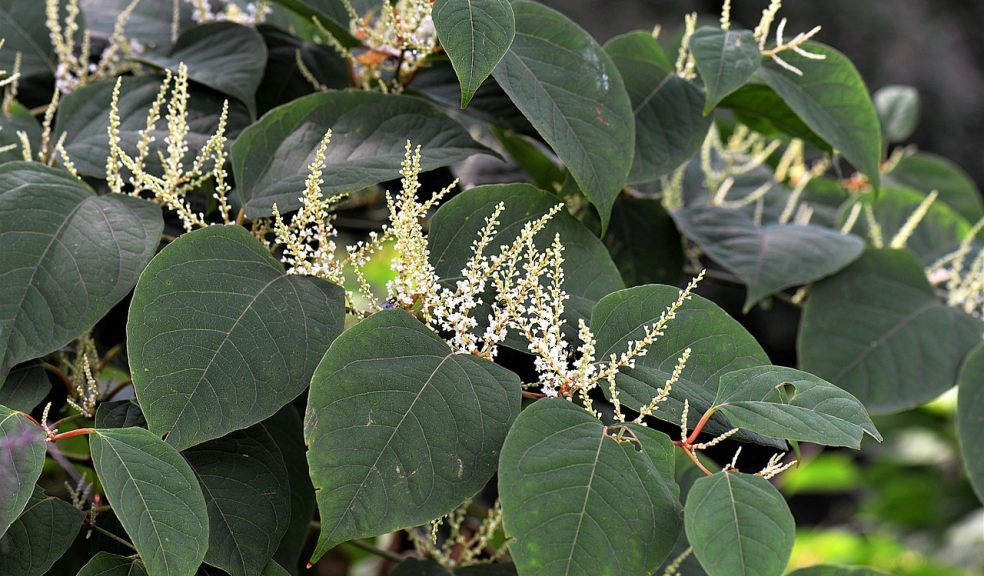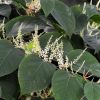
Japanese Knotweed – Everything you need to Know
Japanese knotweed – the heart-shaped leaves and bamboo-like stems make this plant look incredibly pretty. But – these can become an absolute nightmare as they pose a serious threat to every fabric of your house, leading to financial and structural problems.
This aspect leads us to the burning question of what to do if you have Japanese knotweed because you will want to protect your property and the property of your neighbors. This plant has been held responsible for refused mortgages and failed property sales.
Nonetheless, if you have Japanese knotweed growing in your garden or the herb has found its way into your garden, don’t start to panic because the invasion can be controlled and is treatable.
Here are some other things to know about the Japanese knotweed.
How did it start?
Initially, the bamboo-like stems of the Japanese knotweed were planted by horticulturists. During railway constructions, the Japanese knotweed was used by railway constructionists, who used the plants as a way to add stability along the barriers.
Since this Japanese plant lacks natural predators in the West, it soon grew out of control, especially during the summer season, spreading up to ten centimeters daily. The Japanese knotweed can extend to several meters vertically, which can affect the adjacent buildings.
The excessive growth of this plant can also ruin paving and patios and block underground drains.
Can you detect Japanese knotweed?
Assess your garden and see whether you detect asparagus-like shoots of red or purple color. The leaves of this plant are heart-shaped, which is what makes them aesthetically pleasant. The leaves are fairly large (around ten centimeters), and in the late summer, the leaves are also accompanied by white flowers.
During the fall season, the plants are more likely to disappear because the Japanese knotweed withers after late summer. This aspect causes homeowners to believe that the Japanese knotweed might be dead – but – the plant is pretty much alive. It is just hiding underground where it is getting bigger.
So, we recommend calling the pest control services and having them regularly inspect your lawn. Also, you will want to care for your garden and garden shed and keep an eye open to detect Japanese knotweed.
How is Japanese knotweed dangerous?
Usually, the damage expected from Japanese knotweed occurs when the plant shoots up and expands more than seven meters of a property. However, according to scientists, Japanese knotweed can only cause structural damage if there is already a weakness in the structure, such as cracks in the wall.
Nonetheless, the bad reputation of the Japanese knotweed still prevails, which is why most homeowners want to get rid of this plant. The reason is that this plant is found to be sturdy enough to crack concrete and brickwork. Sometimes, the roots of this plant can also enter the foundations of homes.
The structure of the knotweed’s roots can block underground drains and further damage the foundation of a property. Since the plant is tall and invasive, the subsequent carpet-like effect of the plant can block and affect other surrounding plants.

















